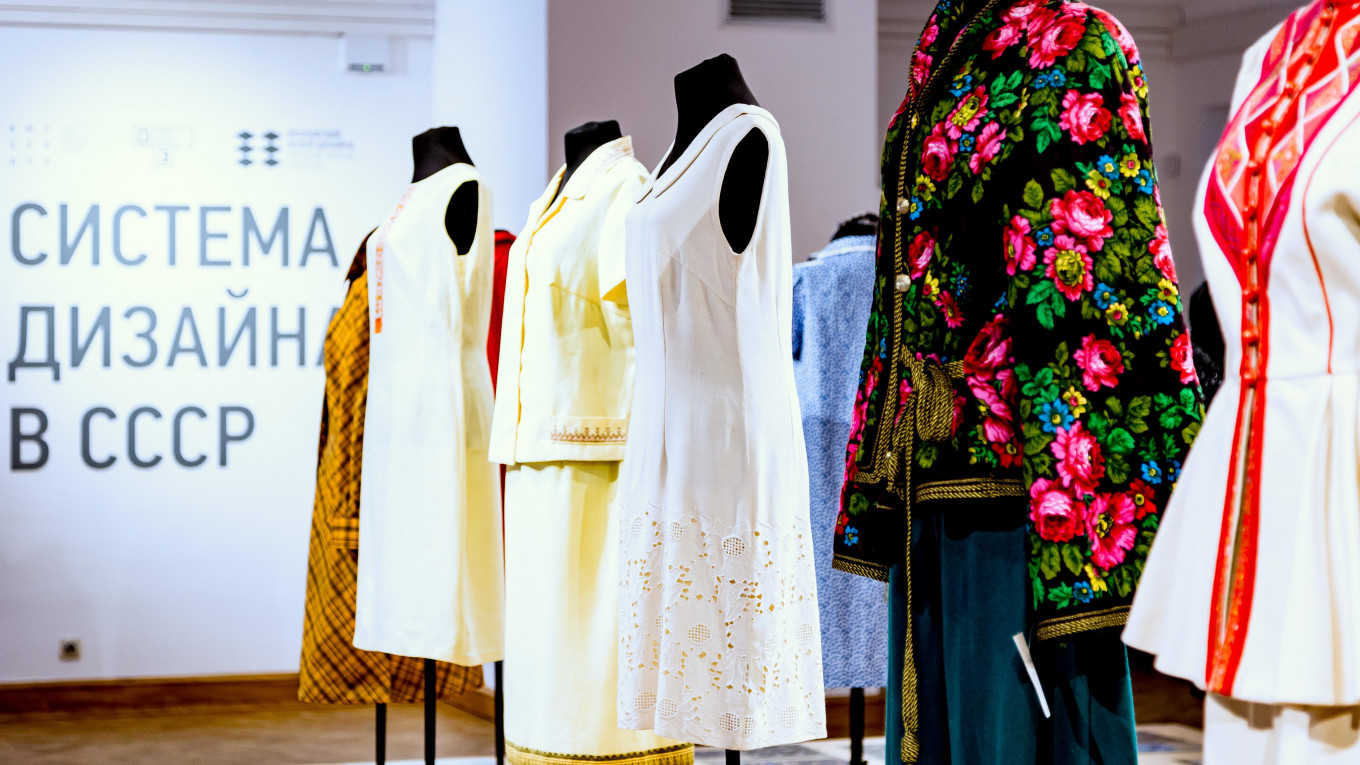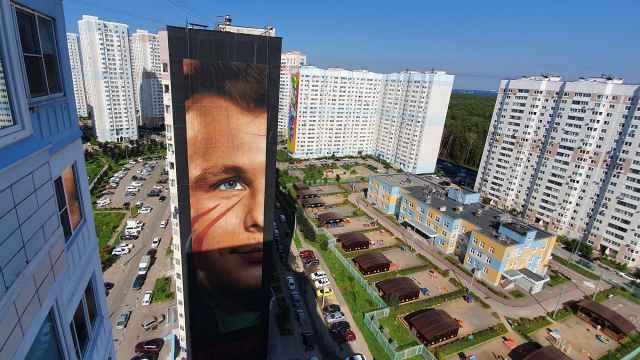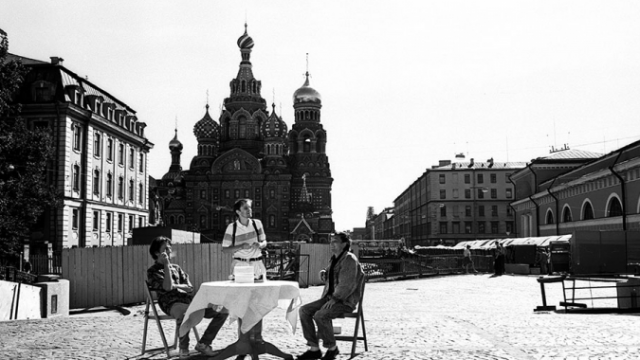TMT art club met up again at “The Design System of the U.S.S.R,” the first-ever exhibition of its kind. This show refuted the widespread opinion that design in the Soviet Union had lagged behind the rest of the world.
As we waited for the group to gather, we chatted over a glass of champagne at the Center for Fashion and Design, a new multifunctional art space that belongs to the All-Russian Museum of Decorative, Applied and Folk Art. Housed in a beautiful old manor, the center’s activities are devoted to all aspects of what we might call “Russian style” in various areas of life, from its origins in folk culture to modern-day trends.
The center is a hub of exhibitions, lectures from popular designers, a restoration workshop, master classes and other cultural and educational programs.
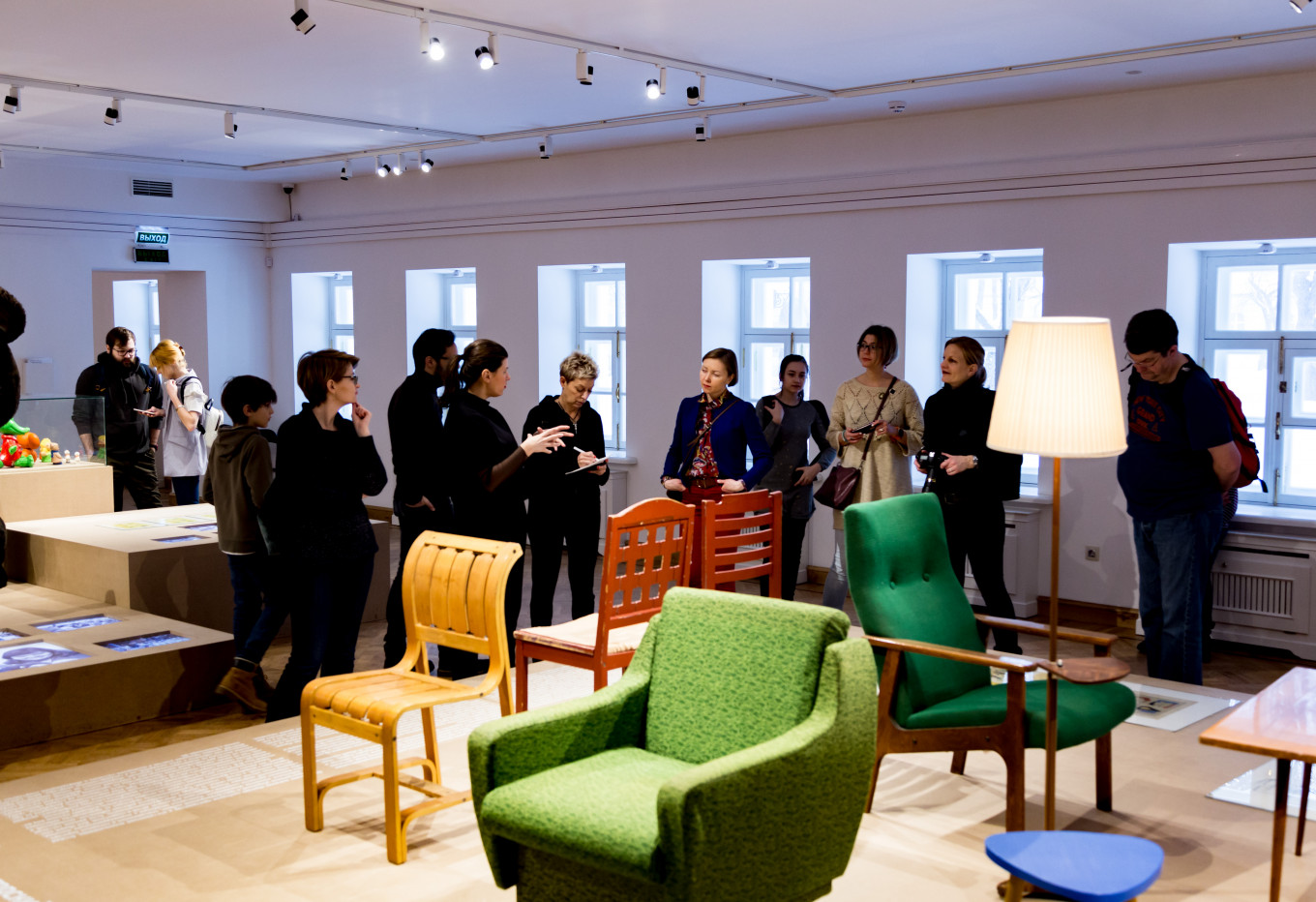
We were lucky enough to have the curator, Alexandra Sankova, as our tour guide for the day. Sankova is a published author and her book 23 contains interviews with Russia’s best-known designers; it tells the almost-unknown story of talented pioneers of design in their own words. She is the director and one of the creators of the Moscow Design Museum.
Until 1989, the word “design” did not exist in the Soviet Union so, officially, doing design work was called “technical aesthetics.” The Russian Research Institute of Technical Aesthetics VNIITE, which had 11 branches in the former Soviet republics, was responsible for thinking up how different things would look: children’s toys, furniture, even airplanes.
Our tour included sketches, furniture from 1960s-era Khrushchevki apartments, as well as popular toys and a giant replica of the bear mascot from the 1980 Moscow Olympics. We learned about Alla Levashova, one of the Soviet Union’s leading fashion designers, who collaborated on patterns with Chanel designers but make clothes with Soviet fabrics and prints. There were many insights into how difficult it was for those working on the exhibition to find everyday fashion items from Soviet times: often, the items had become worn out, stored incorrectly, or the labels had been cut off.
The prototype of a futuristic taxi, in which a baby carriage could be easily placed, was also featured. Unfortunately, most of the concepts never became a reality for Soviet citizens.
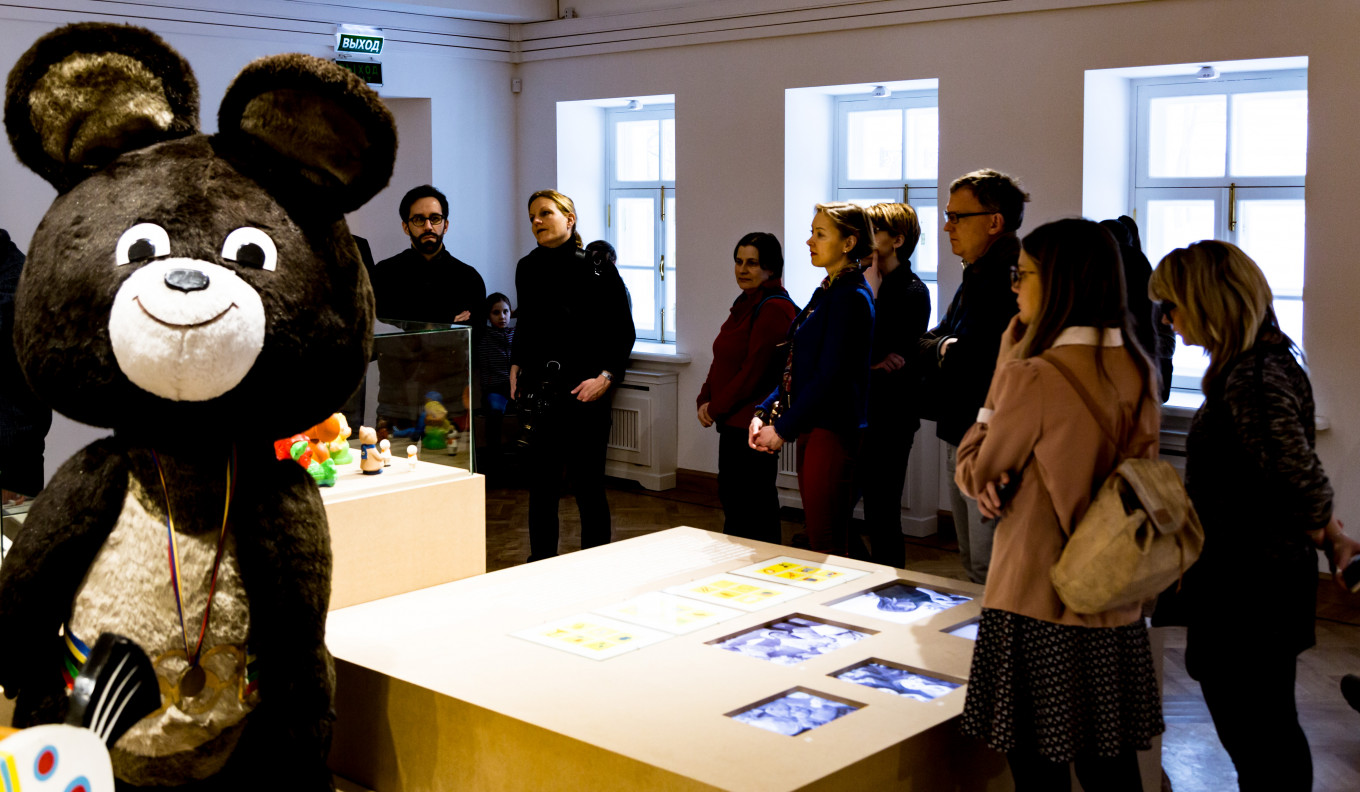
Many Soviet designers’ ideas were rejected because methods of production were not advanced enough to see the ideas through to creation. The employees of the Russian Research Institute of Technical Aesthetics VNIITE could often only dream about how fantastic the future in the Soviet Union could be. But their creativity and vision was on par with Western design trends of those years.
Rather fittingly, we rounded off our tour with vibrant discussion, pizza and drinks at the Nikola Tesla restaurant around the corner.
You can sign up for The Moscow Times' club events here. Or follow us on Facebook!
A Message from The Moscow Times:
Dear readers,
We are facing unprecedented challenges. Russia's Prosecutor General's Office has designated The Moscow Times as an "undesirable" organization, criminalizing our work and putting our staff at risk of prosecution. This follows our earlier unjust labeling as a "foreign agent."
These actions are direct attempts to silence independent journalism in Russia. The authorities claim our work "discredits the decisions of the Russian leadership." We see things differently: we strive to provide accurate, unbiased reporting on Russia.
We, the journalists of The Moscow Times, refuse to be silenced. But to continue our work, we need your help.
Your support, no matter how small, makes a world of difference. If you can, please support us monthly starting from just $2. It's quick to set up, and every contribution makes a significant impact.
By supporting The Moscow Times, you're defending open, independent journalism in the face of repression. Thank you for standing with us.
Remind me later.


